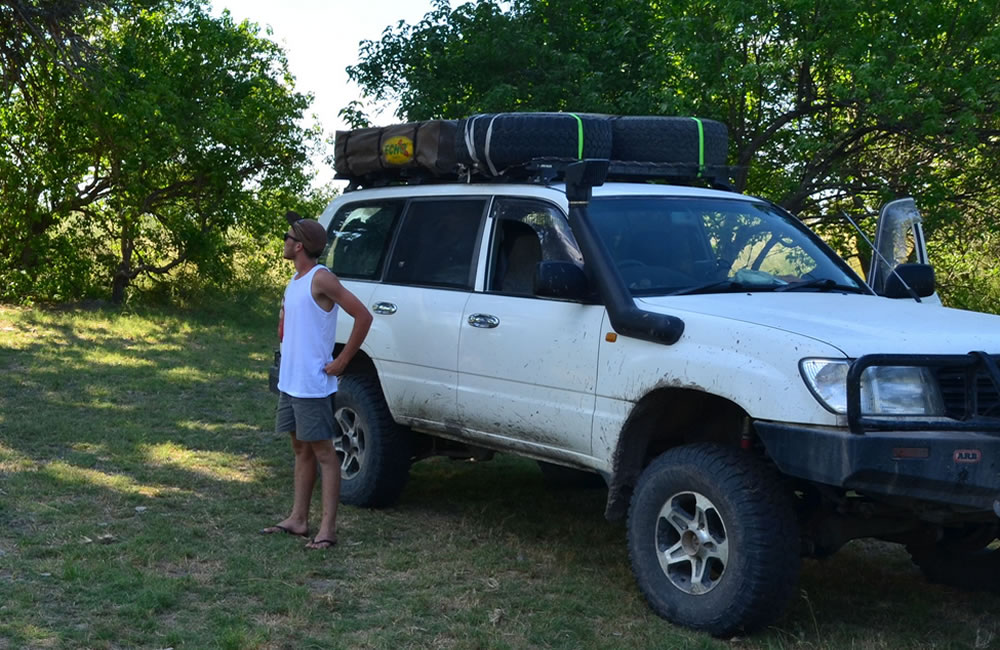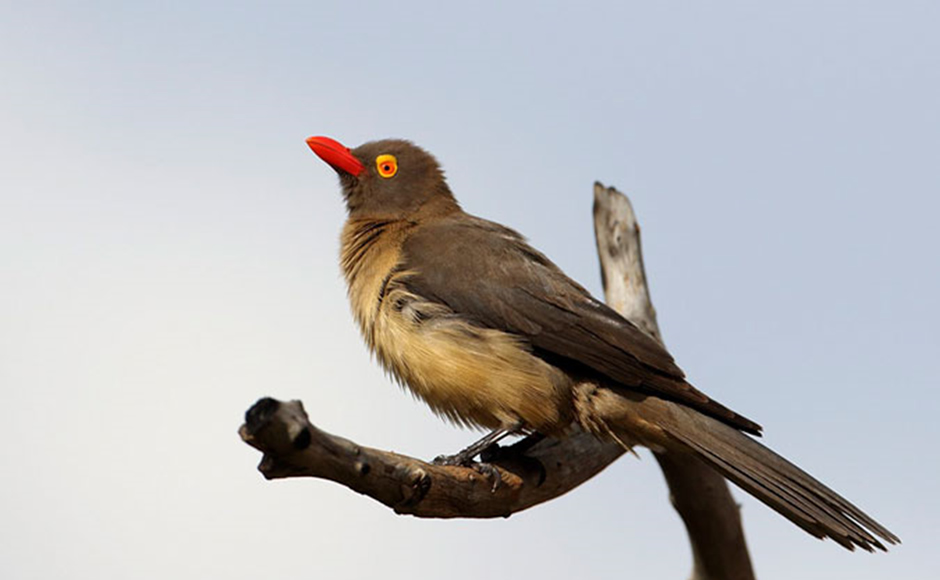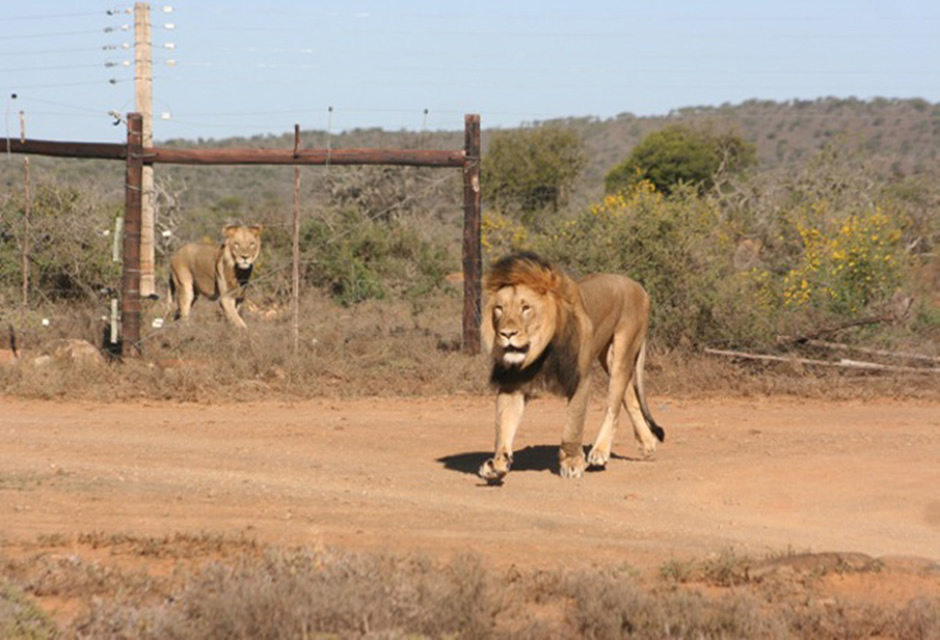Guide to Renting a Car in Uganda
We have compiled this useful guide for the first time renter in Uganda. Find practical help and websites covering local driving routes, accommodation, activities, festivals etc. A great place to plan your driving adventure through Uganda.
Helpful Information – Don’t miss a thing
To ensure you see everything Uganda has to offer, visit the beautiful countryside from the comfort of your car. You will experience breath-taking views, real African people and a relaxed style of driving. Experience towns and villages that will be bringing you back to Uganda time and time again and see what most tourists never see. Driving in Uganda explains the more practical and useful way of spending your travel time in Uganda.
Safety
Every driver needs to know the driving rules onthe road. While Uganda has similar rules of the road to other countries, it is best to revise them and familiarize yourself with new rules.
Questions about hiring a car?
If you have any unanswered questions, you are sure to find the answers in the Frequently Asked Questions section. If you are unsure of something, simply email us on info@rentacarinuganda.com or give us a call +256 774 873 278, we will be happy to help you.
Top Tips for Uganda
Before you leave for your visit to Uganda there are a few tourist tips that may help you when planning your trip, such as, eating out and tourist attractions in the local area.
Where to stay
Be sure to shop around when looking for accommodation in Uganda. There are plenty of different types to choose from, from caravans and camping to castles and 5 star hotels.
All the information you need
Rent a Car in Uganda has compiled a list of resources we think you would find useful. If it is information about Uganda you are searching for, you will find it here, along with a list of things to do while you are visiting.










